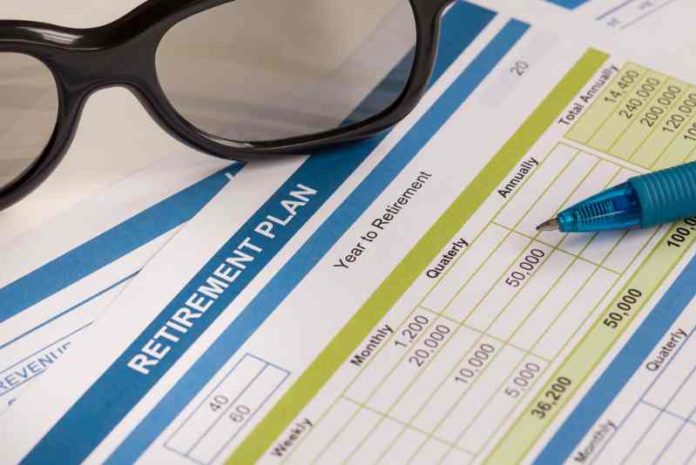While the possibilities of retirement plans may seem endless, it is vitally important to the success of a business to offer these benefits to employees. Small businesses must take the time to evaluate the different plan options and select which one is best for their workforce, business, and industry as a whole.
By Andrea Meyer
Manta, a research firm which provides small businesses with strategic insights, surveyed 2,000 small businesses in 2017 and found that 34 percent of business owners did not offer a retirement plan to their employees. It’s no secret that with the record low unemployment rate, the current recruiting and hiring landscape are becoming increasingly competitive. By not offering employees proper benefits, such as retirement plans, employers can severely harm their candidate pool. While this may be true, the issue stems from the fact that many small business owners are not aware of the numerous retirement plan options available to offer employees, or which ones are a good fit for their business. Here are three retirement plans to consider offering.
1. SEP IRA: Easy administration
A Simplified Employee Pension IRA or SEP IRA is considered a perfect fit for small businesses operating under a sole proprietorship due to limited administrative need. A SEP IRA ensures coverage for employees from the second a business opens its doors to the time it begins to experience growth. This plan also completely eliminates any expensive startup fees or annual charges. These plans fall under a pension structure which means they are completely employer funded and require no contributions on the employees part. Therefore, employees find value because they don’t have to remove portions from their paycheck in order to receive a retirement, while employers experience easy administration and reduced complication when managing retirement benefits.
2. Standard 401(k): Maximize contributions
By now most of us are familiar with a standard 401(k). This type of plan is the typical path an employee takes because it allows them to put a certain percentage of each paycheck into their 401(k) savings account. A standard 401(k) puts some power and control back into the hands of the employee, but also helps to maximize contributions since employers will often match this contribution percentage up to a certain amount. From the small business owner perspective, a standard 401(k) can also operate in the form of a solo 401(k), meaning that if an owner is self-employed with no other employees, they can still make contributions from the businesses overall revenue up to a certain percentage and place it in their own 401(k) savings.
3. Roth IRA: Contributions from after-tax income
The largest differentiator of a Roth IRA is that the contributions are made from after-tax income. These plans can be used to supplement retirement savings for a small business as long as the income falls in line with all eligibility requirements. Due to the contribution style, contributions are held within the account free from growth tax. All distributions are then considered tax-free, as well. However, there is one drawback when it comes to a Roth IRA. This plan is not available to high income workers since it is limited on the basis of income, but for younger employees, this may be a perfect option when starting their careers with a smaller salary.
Andrea Meyer is the Director of Benefits for WorkSmart Systems. Andrea joined WorkSmart Systems in 2001, and has played a key role in the development of all services related to the WorkSmart employee benefit plans. Whether leading the benefit team, answering questions from employees, or sorting through the latest benefit regulation, Andrea’s passion for employee benefits is evident. Andrea is a graduate of St. Joseph’s College, and is a Senior Professional in Human Resources (SPHR), as well as a Certified Benefit Professional (CBP). Twitter: @WorkSmartPEO
Retirement stock photo by FrameAngel/Shutterstock







